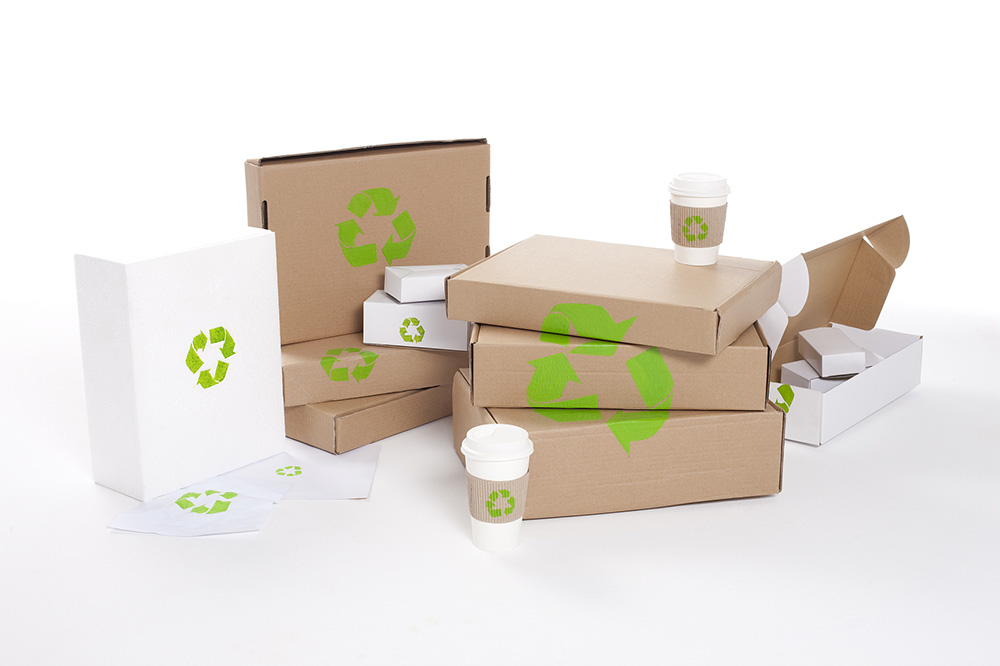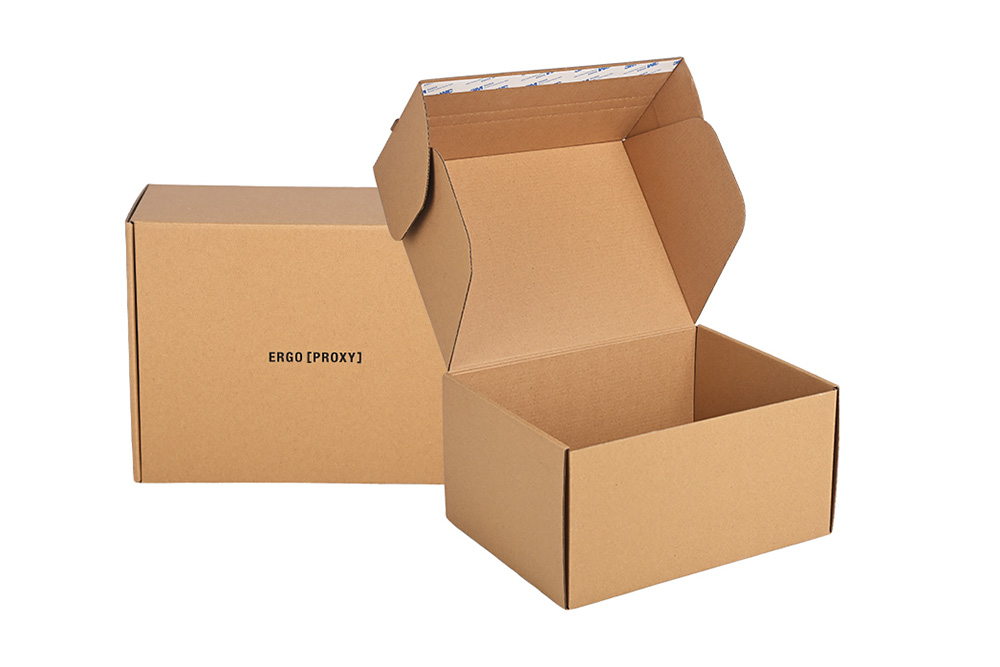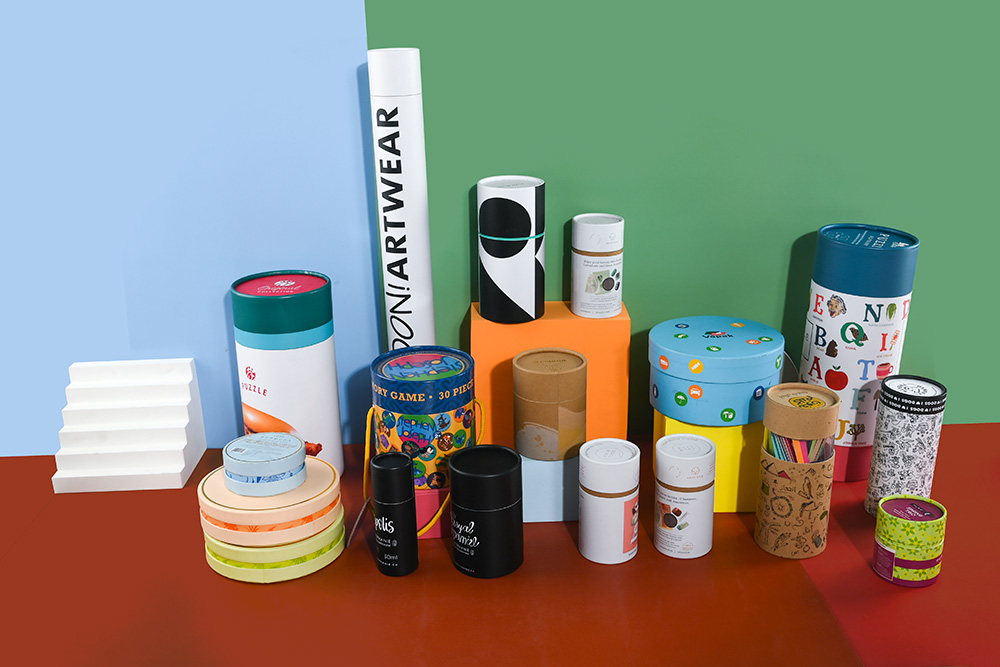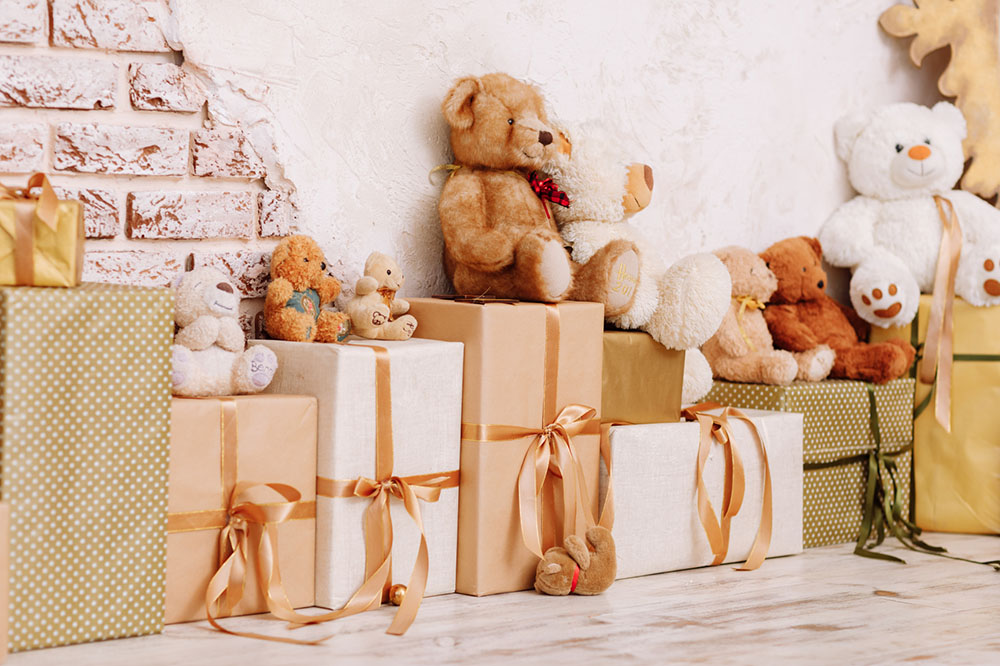How Sustainable Packaging Help Take Your Brand to the Next Level
Learn how eco-friendly packaging boxes can boost brand value, attract loyal customers, and support your sustainability goals across industries.
 5 Min Read
5 Min Read
 245 Views
245 Views
Consumers and businesses are shifting from traditional packaging to more sustainable options. Recyclable and reusable materials, such as cardboard, paperboard, or Kraft paper, are becoming the top choice for most brands.
Clients are even willing to pay for more products packaged with eco-friendly materials. Brands adopting sustainable packaging are benefiting from customer loyalty, increased sales, a reputation boost, and operational savings.
What Is Sustainable & Eco‑Friendly Packaging?

Eco-friendly materials also break down without leaving harmful residues. By using materials and processes that reduce the negative impact on the environment, brands can contribute to the circular economy. Customers now expect brands to use sustainable packaging that cuts down on waste and saves natural resources.
|
Types of Eco-friendly Materials |
Features |
|
Biodegradable |
Made from plastic that has been treated with chemicals that cause plastic to break down after long-term exposure to sunlight and heat. |
|
Examples include paper pulp, sugarcane fiber (also known as bagasse), and plastics made from cornstarch. |
|
|
Reusable |
The material is designed for repeated use before it needs to be thrown away. |
|
Examples include fabric tote bags and refillable pouches. |
|
|
Compostable |
Materials that break down naturally within a reasonable period when left in the right environment. |
|
Such materials do not leave toxic chemicals behind. Examples include Kraft paper and plant starch. |
|
|
Recyclable packaging |
Materials that can be reused by being transformed into new items after their initial use. |
|
Examples include paperboard, cardboard, tin, aluminium, and glass. |
Key Benefits for Brands
When choosing the ideal material for your packaging solutions, it is essential to consider the product, budget, and customer expectations.
Trust and Reputation Boost
With 72% of consumers opting to buy from a brand using eco-friendly packaging solutions, it's a clear indication that sustainable packaging is the future. Most consumers want to buy from a brand that shows concern for pollution and climate change.
Consumers are more likely to give positive reviews and share on their social media about a brand they trust.
Enhanced Consumer Loyalty & Repeat Purchases
When a brand uses eco-friendly packaging, consumers who share similar values are more likely to remain loyal. Consumers believe they are contributing to environmental protection when they buy from such brands.
As time goes on, customers build a lasting connection with the brand and continue to buy again and again. Stronger bonds with your customers mean you can easily stand out from other brands.
Willingness to Pay Premium
Did you know that 70% of consumers prefer sustainable packaging over cheaper alternatives? They understand that sustainable materials cost more, but are still willing to support brands that make a positive impact on the environment.
Many people equate eco-friendly packaging with better quality products. Because recyclable or reusable materials add value in their eyes, most consumers have no problem paying for the extra cost. Brands are now able to invest more in eco-friendly practices.
Operational Savings & Brand Differentiation
Using eco-friendly materials lowers waste disposal fees for a brand. Cardboard and corrugated paperboard, which are excellent examples of sustainable materials, effectively protect products during transit or storage. They help brands reduce the cost of returns or damaged products.
Apart from savings, sustainable packaging also helps brands stand out. IKEA is one of the few brands that has transitioned to using cardboard and paperboard in its packaging solutions. Dell saved $18 by using alternative materials such as bamboo for their packaging.
Sustainable Packaging Across Industries

Sustainable packaging is becoming essential in many industries. Consumers are becoming passionate about protecting the environment, and brands are looking for ways to reduce waste.
Food Packaging
Brands in the food and beverage sector are opting to reduce plastic packaging, which has been a significant contributor to pollution. They prefer to use compostable materials from natural sources, such as seaweed or alginate. Seaweed packaging is safe for wrapping food, and in some instances, it is also edible.
Corrugated cardboard is an excellent choice for packaging dry foods, such as cereals. Returnable refillable bottles made from compostable materials are used for beer and other drinks.
Cosmetic Packaging
Brands in the cosmetic industry have also not been left behind in sustainable packaging. Refillable systems are the most popular, where customers simply refill the product when it runs out.
Estée Lauder ( a brand that focuses primarily on makeup, fragrance, and skin/hair care) has gone a step further to use post-consumer recycled (PCR) plastic. Made from used and recyclable plastic packaging, the brand reduces the need for new plastic bottles.
E‑commerce & Mailers
Most brands are opting for recyclable materials such as Kraft paper or compostable mailer bags instead of plastics. These materials are easier to dispose of.
Brands are also opting for minimalist packaging that does not require plastic fillers or bubble wrap. By using tidy, eco-conscious packaging, you create an ideal unboxing experience.
Steps to Implement Sustainable Packaging
Switching to sustainable packaging is a smart move for any business that wants to meet customer demands. While it might seem challenging at first, breaking the implementation of sustainable packaging into simple steps is the best option.
Audit Current Packaging
Assessing your current packaging materials and processes to identify opportunities for using sustainable materials. A clear audit helps you to identify areas of waste, for example, where you’re using plastic fillers instead of paper. Are you using boxes that are bigger than the products?
Confirm if your current packaging is recyclable or reusable.
Set Measurable Sustainability Goals
Establish clear and measurable steps to meet your sustainability goals. These goals should be realistic and easy to track progress over time. For example, replacing all plastic tape with paper-based tape.
Break your goals into smaller steps, showing a serious commitment to sustainability.
Prototype & Source Materials
Before making the switch entirely, create sample versions to try out. Test if the materials can withstand shipping and storage, and meet customer expectations. Work with trusted suppliers, such as Brothersbox, who can guarantee the use of quality, eco-friendly materials.
Check and see how easily the new materials can be recycled. The customer will appreciate clear instructions if special disposal steps are necessary.
Communicate Clearly
Let your customers know that you have adopted sustainable packaging. Add eco-labels and certifications to your packaging. However, the labels must be honest and easy to understand.
Share your packaging on your website, product pages, or social media. You can show the new packaging versus the old. When your clients understand the efforts you’re making towards sustainable packaging, they are more likely to support your brand.
Track KPIs
You can set up key performance indicators (KPIs) to show how the new packaging is affecting your brand. Start by tracking return rates. If returns due to damage are less, it means that sustainable packaging offers sufficient protection.
A reduction in waste management costs indicates that your brand is using less material or you’ve switched to recyclable options.
By tracking your customer lifetime value (CLV), you can determine how much a customer spends on your brand over their lifetime. When customers approve of your eco-friendly packaging, they will buy more or recommend your brand to others, increasing the CLV.
Industry Trends & Future Outlook

The packaging industry is changing fast, and customer expectations and innovations are driving the future. Brands are willing to work with new eco-friendly materials such as recycled fibers and compostable plastics.
Market Size & Growth
Industry experts estimate that the global sustainable packaging market will be worth more than USD 700+ billion by the year 2030. Most brands in various industries are using or exploring sustainable packaging solutions.
Governments are also imposing regulations for the reduction of plastic waste and encouraging eco-friendly practices.
Material Innovation
Researchers and companies are coming up with alternatives to plastics. In the process, natural materials such as seaweed and mushrooms are finding their way into the packaging industry.
Bio-plastics made from corn or sugarcane are becoming more popular than those made from fossil fuels. More industries are adopting new materials and their customers are happy.
Rise of Refillable, Reusable Models
Instead of throwing away packaging after use, customers can now reuse or refill them. These refillable systems are helping the reduction of waste and saving on costs. Reusable packaging looks stylish and adds extra value.
Loop is a popular shopping system which allows its customers to send back the containers for cleaning and refilling. It's popular for food, cleaning and hair care products. Most cosmetic brands are also adopting the same system.
Conclusion
Switching to sustainable packaging might feel a bit overwhelming at first, but its long-term benefits are worth it. Customers will have more confidence in your brand and remain loyal.
Brothersbox is one of the manufacturers that offers eco-friendly packaging solutions. Contact us for custom sustainable packaging solutions for your brand.
















